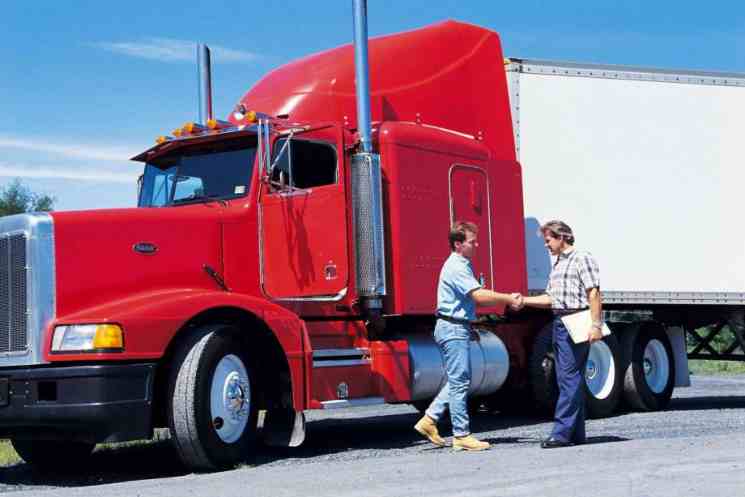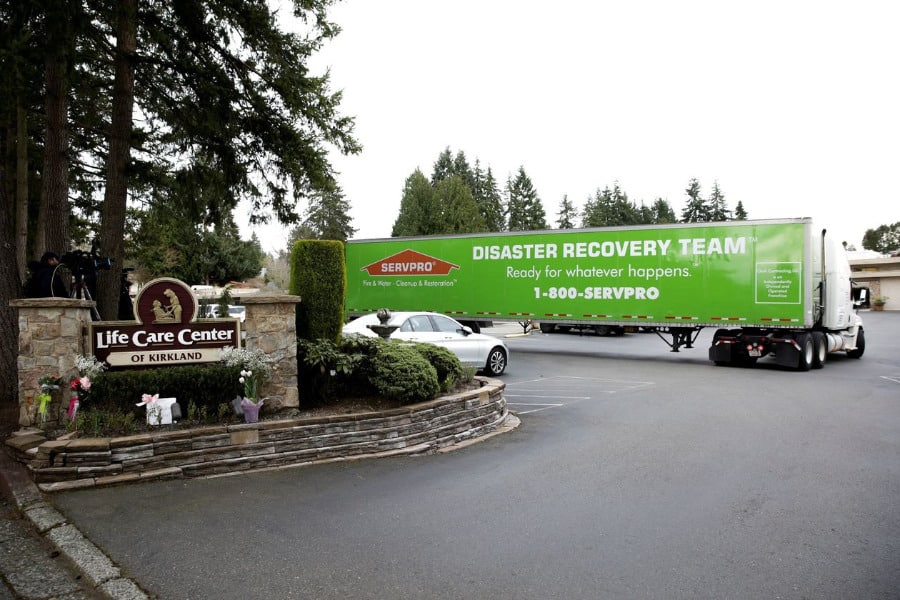Trucking is a lifestyle portrayed in popular cultures around the world in music, literature, and film. The image of the lonely but free-spirited trucker living out on the open road remains an ideal far from the realities of today. Trucking in the modern hi-tech world is a career opportunity, a profession, and one that now requires skills training and certification.
Trucking Before 2020
Some truckers reminisce about ‘the old days’, long and lonely as they were, but with the freedom to stop, eat or sleep when/where they wanted to. No academic qualifications or experience were required and only minimal training was given. Concerns over obesity, drink problems or mental health were the problems of the trucker alone unless they affected the delivery of goods ordered.

Changes in Trucker Training
Gradually these issues, along with newer training and Government guidelines, became more important in the trucking industry. In 1992 it became law that all truck drivers needed to have a CDL (Commercial Driver’s License) requiring new standards in training and road testing.
In 2014, a government medical certification was appended to the regulations. Trucking companies had to update and comply but the overriding problem was (and remains) one of staff shortages. Estimates of 50,000 to 60,000 more truckers were needed as demands for goods increased. The trucking industry was unsure about how these changes would impact their efforts to attract more drivers.
New Training Regulations for 2020
In 2017 the trucking industry was advised of an important new training regulation that would come into force in February 2020. The Entry-level Driver Training (ELDT) directive would bring in sweeping new standards for employers and employees, significantly altering the way of life for truck drivers.
The ELDT Rules
The new regulation requires training staff to be validated and on a registry of approved trainers who will implement the changes. New truckers will have to attend classroom sessions on all aspects of operating a commercial vehicle as well as practical training in the truck.
Additional requirements include knowledge of health and safety standards and STAA, an act that protects the rights of trucking ‘whistleblowers’ reporting employers violating safety regulations.

New Restrictions
The freedoms for truckers in the past that compensated for some of the negative aspects of the job were gradually curtailed by new rules. Stricter controls on hours of work and rest with the implementation of electronic systems to monitor these regulations re-defined the trucker way of life. Even so, the positive benefits of the new regulations were welcomed by many in the industry as they prepared for 2020.
Delays and Frustrations
The publication of the ELDT rules meant major upheavals for the trucking industry. Training schools had to update practices to allow for classroom lessons as well as implementing electronic systems and new procedures. Trainers too had to meet the new standards and deal with uploading to databases plus providing the additional paperwork required.
When the ELDT came into force trucking manufacturers and companies were aware that vehicles would need modifications to satisfy the regulations. The push to increase recruitment would continue alongside these many changes and therefore the industry and state authorities were given 3 years to prepare.
However, for many, this was not enough time and yet others were frustrated by the potential delays. After consideration of the situation by government advisors, the decision was made to hold back compliance until February 2022.
The Effect of Covid-19 in 2020
Trucking companies already dealing with major changes in the industry, suddenly faced much bigger challenges as the coronavirus became a pandemic in March 2020. The whole trucking community scrambled to rethink all the new strategies already taking place. Sickness, social distancing, and lockdowns impacted every aspect of trucking from the manufactures and businesses to the trainers and drivers through to customers and consumers.

Pandemic Problems
New national restrictions and procedures came into force affecting whole communities and industries, not just trucking. Freight became an even more vital supply link at the same time as becoming more difficult to deliver. The need for more drivers increased beyond the existing shortage but with driver testing and licensing facilities shut down, a worsening situation was feared.
The numbers had already continued to decline as older truckers retired or left, unhappy with the new systems. As the pandemic began to grip the nation, demand for commodities ordered online increased, with last-mile deliveries ending beyond depots, warehouses, or retail outlets.
Driver Shortages
Trucks, heavy good vehicles, and all kinds of delivery vans became a life support system across the U.S. during the Covid-19 crisis. This was echoed in Canada and across continents as governments struggled to contain the virus but keep economies from collapsing. Vast numbers of people began to work from home as the internet became the main means of social contact for many.
People began to realize that a new lifestyle was emerging that would last beyond Covid. The trucking industry was already updating its systems before the crisis and now had to adapt to more changes. New recruitment was even more vital but many feared the pandemic would make it harder to find and train newbies.

Adjusting to a New Era
The pandemic had the opposite effect on staff shortages to the one predicted. Trucking companies and training schools reported almost double the number of applications. Many workers had lost their jobs as businesses collapsed and were looking for new careers. Others just took the opportunity to take a break from conventional office life and trucking was offering constant well-paid work.
Just as distance learning was becoming a normal mode of educating high-school and university students so training for truckers used the same methods. Truck driving schools set up and adapted classrooms to comply with social distancing rules and computers provided virtual hands-on in truck instruction. Some schools tested out distance-classroom learning but not all trainers felt this was successful although they might continue with trials.
Recruitment objectives had to be balanced against health directives to keep a distance between desks so limiting the number of students per class. Distance learning would obviate the need for compliance with that rule. Trainers also felt that virtual teaching couldn’t be any long-term substitute for one-on-one lessons in a real truck.
Driver Training Beyond 2020
The pandemic may have helped accelerate the changes needed to implement the ELDT by 2022. Part of all new training and certification would continue online. The DVM reopened its doors after social distance and sanitation practices were put in place. The process of updating this licensing and registration department was speeded up during the pandemic and online certifications more easily obtainable.
The new regulations for trainee drivers enforced stricter controls on health and safety procedures which encouraged younger applicants. Classroom lessons introduced a curriculum that included studying and applying virus protection and prevention as well as driving instruction. The next generation of truckers might need a high school certificate to apply.
Conclusion
The truck driver of popular culture may have disappeared but the growth and changes in the trucking industry are turning a casual job into a serious career opportunity. If ongoing training methods are linked to better pay and conditions there may, at last, be an end to the long years of driver shortages.

Geoff is a freelance writer at TruckersTraining.com with 20+ years of experience driving trucks and buses, dispatching, supervising, and training commercial driving teams. His expertise is writing topics on the transportation and trucking industry, and information technology trends.